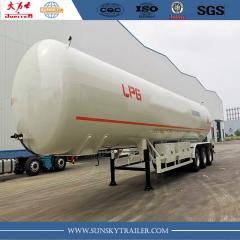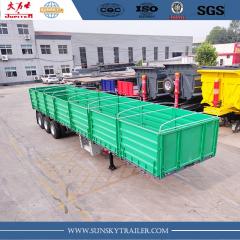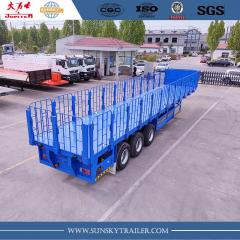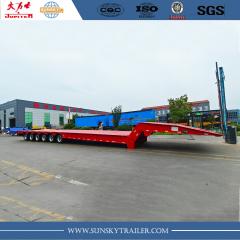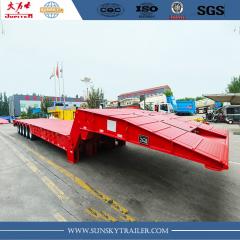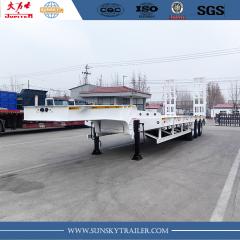Transporting equipment between construction sites necessitates meticulous attention to detail and is a difficult task. The most dangerous part of transporting equipment is the loading and unloading process. Following a few simple guidelines can help ensure the safety of the trailer and driver.
❖ Begin with the fundamentals:
Read the owner's manual and decals on the trailer. Familiarize yourself with the trailer's rated capacity, which is listed in the manual.
❖ Prevent Overloading:
Understand what you're transporting. Frequently, the weight of the equipment with additional attachments is miscalculated, resulting in the trailer being overloaded. The first step toward safety is avoiding overloading the trailer. Overloading any vehicle poses significant risks, and the dangers increase exponentially when the trailer being towed is overloaded! Overloading a vehicle can damage its body, brakes, chassis, wheels, and/or engine.
❖ Monitor and upkeep on the road (driver's guide):
As we begin our journey towing the trailer, it is critical to focus on fatigue management, not only of the driver but also of the vehicle. We recommend stopping on longer journeys to take a break and rest. This is an excellent opportunity to inspect trailers. Always remember that a well-kept trailer is a safer trailer:
● Regular inspection of equipment such as the hitch and signals, as well as some extra safety and clearance precautions to ensure a safe drive.
● Check the tire pressures and look for wear or damage.
● All lights and reflectors should be cleaned.
● Check to see if all of the lights are still on.
● Check to ensure that the load is still secure and has not moved.
● Examine the webbing straps and ropes (they can be damaged by wear, chemicals, heat, light, excessive knotting, bending, or chafing).
● Check that all of the tie-down points are secure.
❖ The towing vehicle:
This is where the majority of disasters occur, so make sure the equipment is safe and roadworthy - make sure the coupler on the tongue of the trailer fits securely over the trailer's ball when locked. Check and set your tongue weight - Inadequate tongue weight is nearly always the cause of tilting trailers. Note:- To prevent rust, apply dielectric oil to the contacts.
❖ When overtaking, use caution:
● Only overtake when you're sure there's enough room and time to do so.
● On a hill or if there is an uneven road surface ahead, never overtake another car.
● Before returning to your lane, provide enough space ahead of the overtaking car.
● When returning to the left lane, avoid "cutting off" the overtaking car.
❖ Hitch height:
For the trailer to tow correctly, the hitch height is necessary. When loading on a flat loading surface, the trailer should be higher in the front than the back, so that the truck and trailer are levels when the trailer is fully loaded. Make sure the hitch rating on your tow vehicle meets or exceeds the Gross Vehicle Weight Rating of the trailer. This includes the receiver hitch, the ball mount, and the ball or pintle hitch system.
Last word
While driving with the trailers do ensure these tips to ensure the safe operation of trailers.
and make the best out of your journey.





